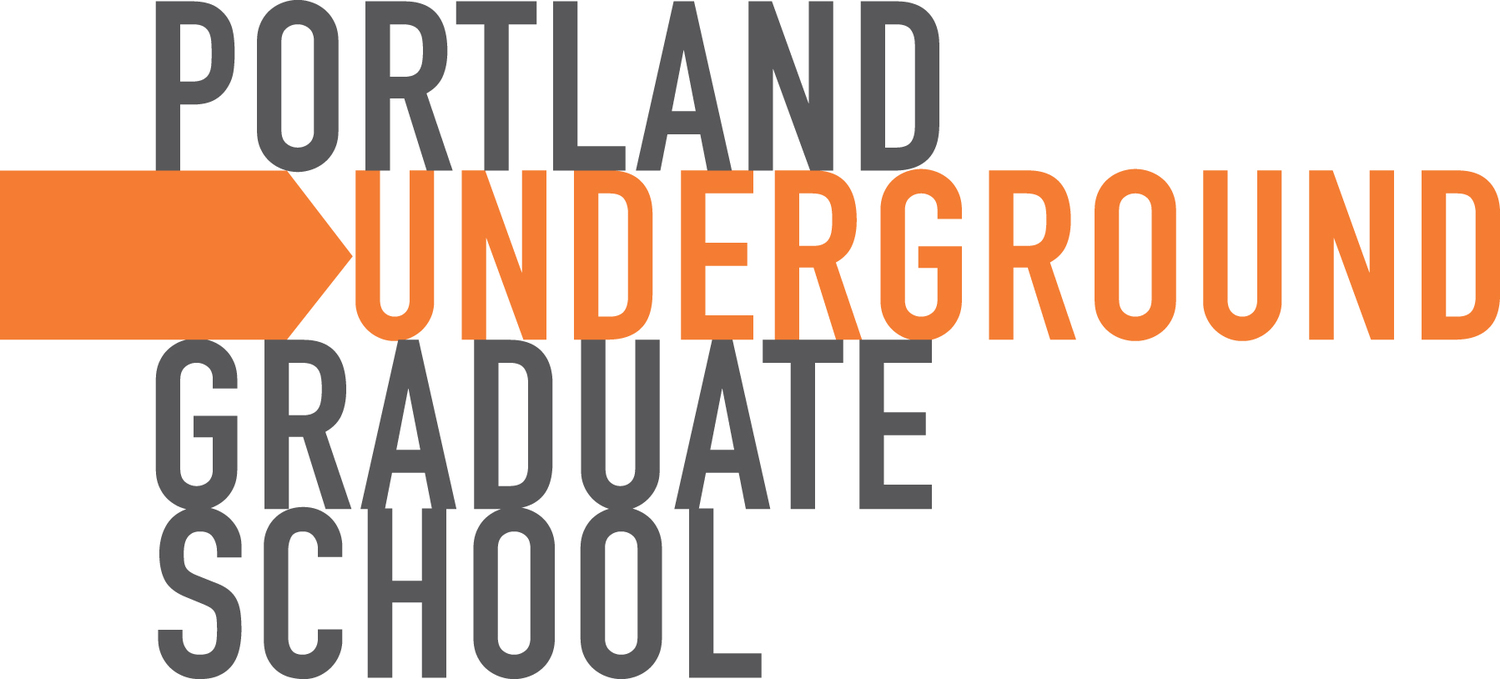Instructor John Doyle, on why he gave up trivia night hosting for PUGS
/This month, PUGS Instructor John Doyle is teaching Class, Race, and the Urban Landscape. Before class is in session, we asked him to share some reflections with us.
What PUGS courses have you taught? I have now taught 12 PUGS classes including Portland History, Architecture and Urban Development, Portland Architectural History, Portland Architectural Forensics, Portland's Urban Landscape, Beauty and Aesthetics I, II and III and Images of Woman.
What are indicators of “success” for you in your courses? My biggest indicators of success is seeing involvement and participation from students, positive responses on course evaluations, and seeing return students in future classes. My specific goals change for each class, but as most of my classes a geared towards history and art history, my principal goals are to impart a certain amount of background, and also more focused information to students, many of whom come to class with little or no familiarity with the material. Also, I seek to engage students and get them comfortable with looking at images (usually artwork) and objects (usually buildings) in new, exciting and analytical ways which they take away from class and continue to develop on their own once I have provided them with what I call "the basic tool kit of observation and analysis."
How did you learn about PUGS? I was a Portland trivia host for 12 years, and I learned about PUGS from regular attendees to one of my trivia nights. They are friends of Doug and thought I had a certain knowledge base which could add to the PUGS curriculum. Ultimately I gave up being a trivia host because I found PUGS to be more intellectually stimulating and substantive. It also requires less drinking and I can go to bed earlier.
What's your favorite aspect of PUGS? My favorite aspect of PUGS is learning the new model of education based on participation, conversation, feedback and personal exploration rather than the old-school method of lecture on the part of the teacher and absorption on the part of the student. This was the model with which I grew up and I was very good at it -- so it is an ongoing challenge and opportunity for me to present my classes in a new and interactive way where I learn as much from the students and their way of seeing with fresh eyes as they learn from me and the massive amount of information I keep stored away in my head. My students often marvel on the sheer quantity of information I can just regurgitate on demand but my favorite Doug Tsoi [PUGS founder] saying is "there is a difference between information and learning." I understand this to be true more and more with each PUGS class I teach.
What do you love about Portland? I love that Portland is a comprehensible city. A place to which one can move and not feel overwhelmed by an impersonal urban environment. Portland has all of the cultural assets of a city many times its size but few, if any, of the drawbacks and stresses one tends to associate with large metropolitan environments. I realize many people think this aspect of Portland is changing for the worst and doomed in the long run, but since the urban models I grew up with are New York City, Boston, and Seoul, South Korea, Portland still seems like a very large, small town to me, endowed with cultural gems far exceeding what one would otherwise expect to find in city this size.
What is your favorite spot in Portland on a sunny day? What's your favorite spot in Portland on a rainy day? Other than reading on my front porch in inner Northeast, my favorite spots in Portland, sunny or rainy, hot or cold, are River View Cemetery for outdoors and the research library of the Oregon Historical Society for indoors. They both provide me with the same opportunity to learn about and from the city which I love so much. The only major difference is that one hold books and photos, and the other has trees and tombstones. The lessons and information I take away from each differ only in the format.


